Indian Temples
The Indian Temple is a unique institution and its development from almost the fifth century A.D. onwards is a fascinating tale. It furnishes material for reconstructing the religious history of India and also casts a spell on the student of art and architecture. It is in the temple - abode of the God –that the beauty and sublimity of divine experience meet so as to create a feeling of ananda (unalloyed joy). The function of the temple is to facilitate the union between the living being (Jiva) and the universal spiritual ground (Brahman) personified in the anthropomorphic God whose dwelling is in the temple. The temple was the spiritual centre from which religious and social life was regulated.
Styles of temples throughout India have been discussed. Nagara, Vesara and Dravida temples have explained. Temples from Jammu and Kashmir to Kerala have been described. But to appreciate Indian art to the full, one must study the temples that Indian ideas and local genius built in Greater India which was renamed as South-east Asia after the II World War in 1945. Angkor Wat in Cambodia the great Hindu complex of Brambanan in Java (Indonesia,) Ayutthya in Thailand, three groups of temples in Vietnam, Hindu-Buddhist temples in Bali (Indonesia) where Siva and Buddha are considered brothers!, Myanmar having more than 2000 red-brick temples and monuments in the city of Pagan, etc. are the examples of Indian art in Greater India which students of art and architecture should study to understand Indian art to the full.
Contents: Preface. 1. Temples of Hindus, Jains, Buddhists and Sikhs. 2. Elements in the construction of temples. 3. Styles of temples. 4. Temples in Indian states. 5. The Nagara temples (North Indian Temples) plan and elevation. 6. The Vesara temples. 7. The Dravida temples (South Indian Temples). 8. Temples of 1. North India. 2. East India. 3. Central India. 4. West India and 5. South India. 9. Twelve columns of divine light ‘Jyotirlinga’ (Dwadasa Jyotirlinga Sthavam). Appendices. Select bibliography. Index.
Get it now and save 10%
BECOME A MEMBER

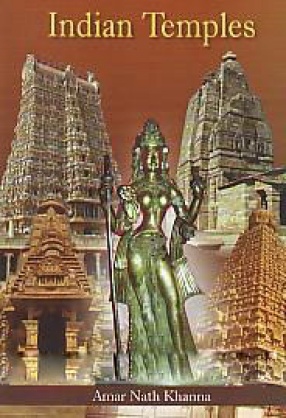
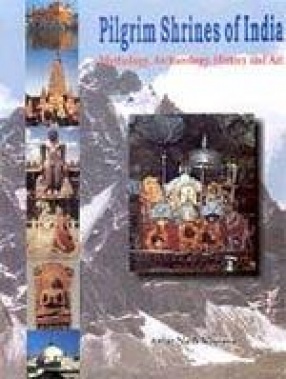
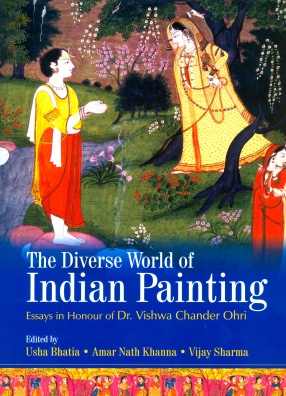
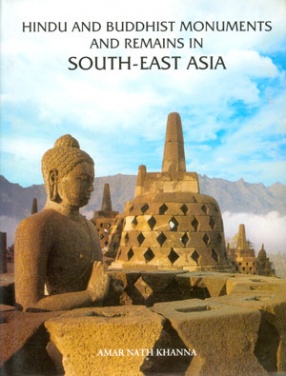
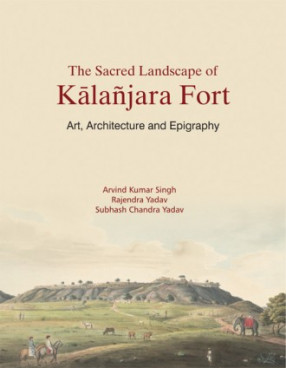
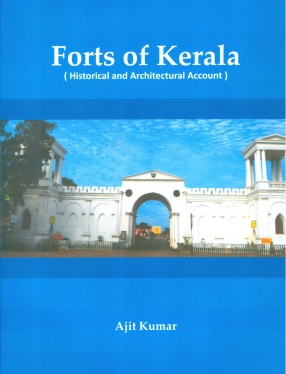
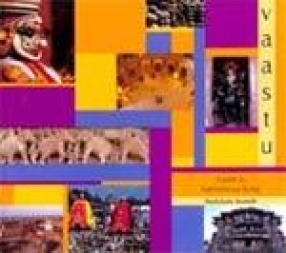
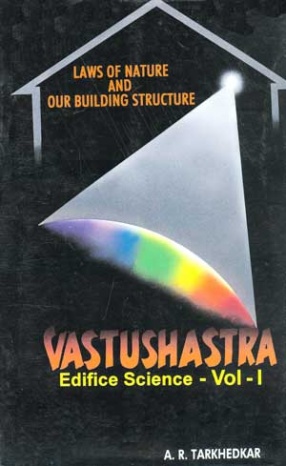

Bibliographic information